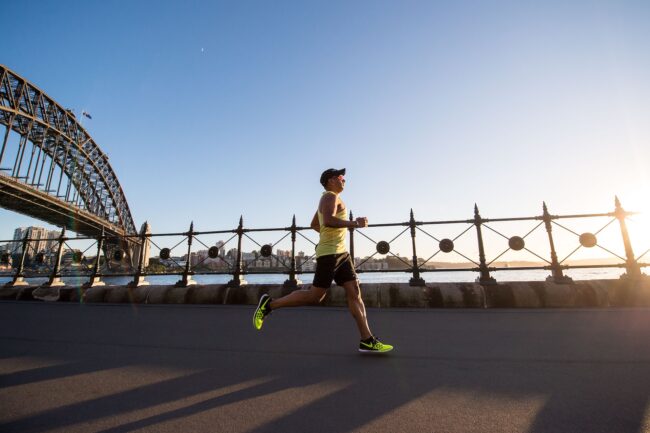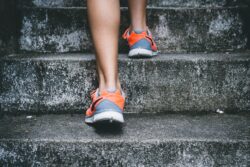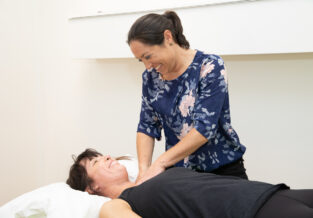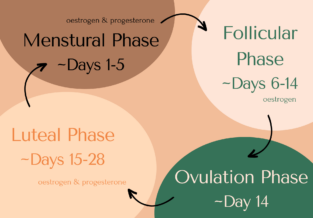Importance of Exercise on the Immune System
Published on
28 Jun 2023


Written by
Andrew Brady
Senior Physiotherapist
Call us on: (03) 9975 4133
If you are similar to me then this time of year is a real struggle. The length of daylight is reducing, it's colder in the morning and so getting up to go exercise or hitting the gym before I go home can become a challenge.
Add to that the increased incidence of flu, RSV, COVID19 and other respiratory infections in the community right now, and we all likely know someone who is missing work and social events due to sickness. It’s almost enough to make me hide in the house with a cup of hot chocolate, the heater and my favourite streaming service. But this might not be the smartest idea.
Benefits of Exercise
We have all heard the studies and facts – ‘exercise is good for you’. From a reduction in obesity, to decreased stress levels it is overwhelmingly positive. It lowers blood pressure, helps us to sleep better and increases our bone and muscle strength. But how does it affect our immune system?
Immune System and Exercise
Our immune defence system normally has some cells that circulate the body. Exercise causes muscle contraction, which increases the flow and circulation of blood and lymph [which contains white blood cells]. This means, not only an earlier detection of any infection but an increased response. It gives our body the ability to get more defensive cells to any potential infection. It also helps to recruit more of the T-cells (lymphocytes) – the “killer” cell of the white blood cell group – and allows them to hunt down any pathogens. Not only does exercise increase the flow of our blood and increase the recruitment of defensive cells, it has these benefits for hours after completing moderate exercise.

Can Exercise be Bad?
There is evidence to suggest that high intensity vigorous exercise can have a negative effect on our immune response. Studies in this area have focused on elite athletes. Mostly, they have shown an increased risk of illness at time of competition and in the build up to events when increased stress levels have also caused a suppression of the immune response. Due to this, it is especially important to also factor in our sleep levels, diet, recovery, hydration and previous training loads when partaking in any vigorous levels of exercise.
However, for the majority of us who might need to be convinced to exercise, this level of intensity won’t be reached and exercise will be overwhelmingly beneficial.
A Quick Check in with the Research
- A study of 1413 participants over the course of a year showed a 26% decreased illness risk high v low activity. (Zhou et al 2018)
- A study of 1002 male and female participants aged between 18-85 showed a 43% reduction of days of illness in those who completed 5 or more days per week of aerobic activity compared to those less than 1 day per week. (Nieman et al 2011)
- 1509 male and female participants aged between 20-60 showed an 18% reduction in illness in high vs low activity individuals when followed over a month (Fondell et al 2011)
But how does this look in the real world?
Well, Nieman et al found that during a 1998 study of 45 year old women that participate in 45mins a day of moderate intensity walking (5 days/week) or 45mins a day of stretching (4 days/week) showed 5.6 days with illness symptoms compared to the control group of 9.4 days with symptoms over a 12 week period.
This is a consistent message across 30-45 min of moderate intensity walking which can greatly reduce your risk of illness across this “flu season”. Less days spent at home being ill will lead to more time with friends, less sick leave used up for preventable reasons and all of us feeling healthier.

About the Author
Andrew Brady — Senior Physiotherapist
Andrew is on Leave until 25/03/25 Please book with Fanaye or James in the interim.


